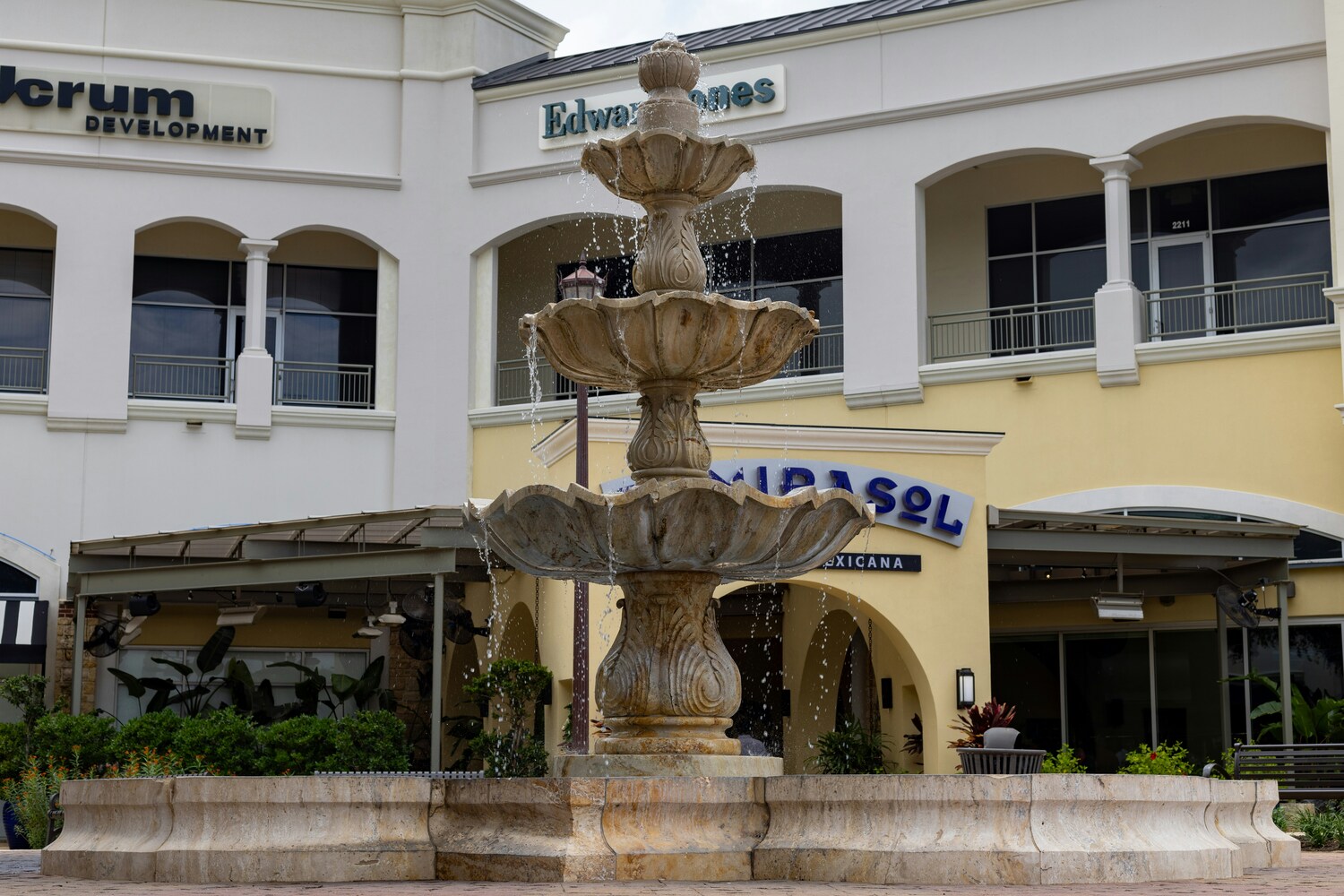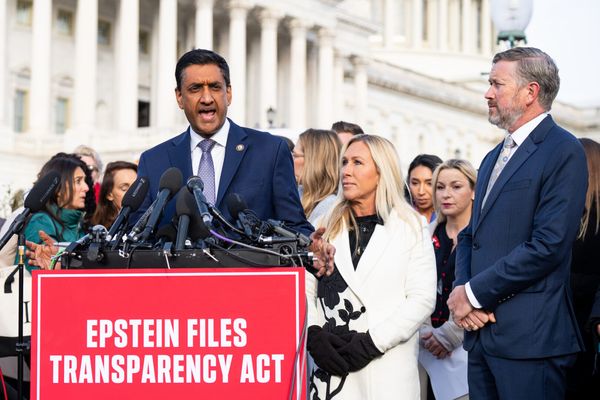
The American outdoor mall, once a thriving hub of community life, is in a quiet but steady decline. While flashy headlines often focus on major indoor mall closures, it’s the open-air shopping centers—the plazas and promenades seniors rely on most—that are disappearing under the radar. What’s replacing them isn’t always better.
For many older adults, outdoor malls were more than places to buy groceries or refill prescriptions. They were reliable, safe, and walkable spaces that offered routine, independence, and much-needed social interaction. But as retail chains consolidate and property developers prioritize high-rent tenants, seniors are losing more than their favorite coffee shop. They’re losing their informal gathering places, their fitness routines, and sometimes their only reason to leave the house.
Let’s explore why this shift matters so deeply to the senior population—and what’s being lost in the process.
The Quiet Decline of Outdoor Malls and Why Seniors Are Affected Most
Outdoor Malls Provided a Safe and Familiar Routine
For decades, outdoor malls and strip centers offered seniors a manageable, accessible place to run errands, get exercise, and see familiar faces. Many were designed with wide walkways, minimal stairs, and accessible parking, making them ideal for those with mobility limitations.
Unlike chaotic big-box stores or massive indoor malls, these smaller centers allowed for a slower pace and predictability. Seniors could visit their favorite hairdresser, pick up medication, grab a coffee, and socialize without needing to navigate escalators or multi-level layouts.
As these spaces close or transition into mixed-use developments, seniors often find themselves having to travel farther, adapt to unfamiliar environments, or give up their routines altogether.
Retail Closures Hit Seniors the Hardest
Seniors are disproportionately impacted by retail closures, particularly those involving pharmacies, banks, or budget-friendly retailers located in strip malls. These closures don’t just mean a longer drive. They often eliminate walkable access entirely.
Many older adults no longer drive, and others choose not to due to health or financial concerns. Outdoor malls were often located near residential neighborhoods or bus routes. When they disappear, seniors are left with fewer nearby options, forcing them to rely on delivery services, which not all are comfortable with or able to afford.
A pharmacy closure in a suburban outdoor mall can become a logistical crisis for a senior who needs weekly medications. The same goes for post offices, dollar stores, or mom-and-pop diners that once anchored their daily lives.
The Loss of Informal Social Spaces Increases Isolation
For many older adults, visiting an outdoor mall isn’t just about shopping. It’s about human connection. They strike up conversations with store clerks, share a coffee with friends, or simply people-watch from a shaded bench.
These simple social interactions may seem small, but they play a critical role in combating loneliness, a growing health crisis among aging Americans. The decline of accessible, casual spaces to “just be” without spending much money creates an invisible wall between seniors and the community.
Now, with fewer walkable centers, seniors may go days or weeks without talking to anyone outside their home, accelerating feelings of isolation, depression, and cognitive decline.
Replaced by Spaces That Aren’t Designed for Them
What’s replacing outdoor malls often feels inaccessible to older generations. Developers tend to favor luxury condos, boutique shops, or fitness studios that cater to young professionals. Newer mixed-use developments, while modern and appealing to younger demographics, often include multi-level designs, paid parking, or stores with high price points.
These environments aren’t always senior-friendly. The design focus shifts from accessibility and affordability to trendiness and exclusivity. For an older person on a fixed income and limited mobility, these new spaces don’t offer what they need: easy access, low-cost food options, and places to rest or socialize.
Walkability and Mobility Are Overlooked
One of the most overlooked aspects of outdoor mall closures is how it disrupts seniors’ ability to remain physically active. Many older adults used these locations for low-impact exercise, walking loops around the plaza, doing errands on foot, or simply stretching their legs.
The design of open-air malls made this type of movement easier: shorter walking distances between shops, few if any steps, and ample benches to rest on. When these malls vanish, so too does one of the most accessible and natural forms of physical activity available to seniors.
Not every neighborhood is safe for walking, especially in areas without sidewalks or where traffic is heavy. And not every senior has access to a gym. Losing a walkable mall can be the first step toward a more sedentary lifestyle, something that’s especially dangerous for aging health.
Economic Consequences for Seniors on Fixed Incomes
The quiet decline of outdoor malls also brings economic challenges. These centers often housed dollar stores, discount grocers, and affordable salons—businesses that provided essential services to people living on fixed incomes.
As these are replaced by higher-end retailers or left vacant, seniors find themselves paying more for the same services or unable to access them at all. While younger, wealthier residents can simply shop elsewhere or shift online, many older adults either lack the digital literacy or disposable income to do the same.
What’s more, small business closures within these malls can eliminate part-time job opportunities for seniors who depend on supplemental income. That cashier or greeter job may have paid modestly, but it was nearby, manageable, and meaningful.
Transportation Challenges Add Another Layer of Strain
For many seniors, transportation isn’t just inconvenient. It’s a daily obstacle. While ride-sharing apps have become ubiquitous for younger generations, many older adults don’t feel comfortable using them or don’t have smartphones. Public transportation options are often limited in suburban areas, especially outside major cities.
Outdoor malls were often built with this in mind, placed near bus lines, or designed with ample parking for senior shuttles and paratransit vehicles. When those malls close, even a short trip becomes a logistical maze, adding stress, cost, and confusion.
This often results in missed appointments, skipped errands, or growing dependence on family members who may not always be available.
What Can Be Done About It?
The decline of outdoor malls may seem like a market-driven inevitability, but communities can take action to make redevelopment more inclusive.
Municipal planners and developers should consider the role these spaces play for seniors. That means integrating walkable designs, including affordable retail options, ensuring ADA-compliant access, and preserving seating areas and social nooks.
Community centers and city governments can also step in to repurpose vacant outdoor malls as hubs for senior services, public health clinics, or even low-cost dining halls. Keeping older adults connected to their communities should be as much of a priority as bringing in new luxury tenants.
Outdoor Malls Are More Than Just A Place To Shop
Outdoor malls may not have the glamor of high-end shopping districts or trendy downtown corridors, but for millions of seniors, they were something far more valuable—accessible, familiar, and essential. As these centers quietly fade from the American landscape, we risk leaving behind the very people who relied on them most.
If we don’t rethink how we design and sustain community spaces, aging in place could soon become aging in isolation.
Have you or someone you love felt the impact of a neighborhood mall closing? How should cities better accommodate seniors in future developments?
Read More:
20 Safe, Accessible, and Inexpensive Hobbies For Seniors
Elderly Selfcare Triumphs: 10 Positive Trends to Help Seniors Live Better







